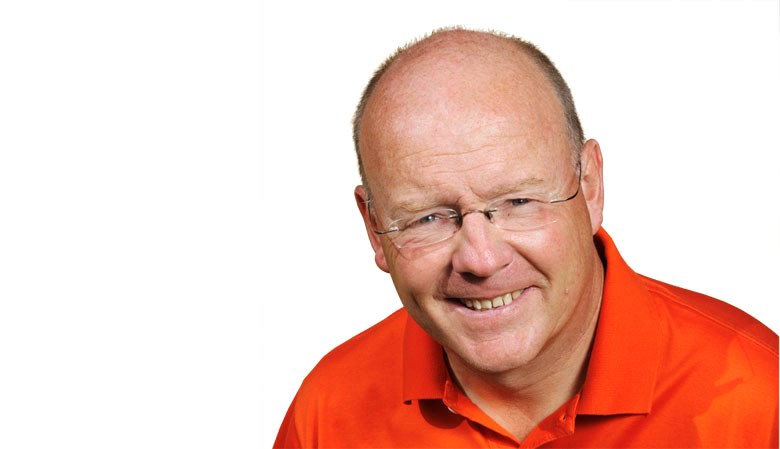Make the most of lessons
Last updated:
Any teaching professional must share with his pupil a total desire to make the lesson work. When a pupil gives me five purple pictures of Her Majesty the Queen, I want them to go home fully believing improvement is possible and sustainable.
While I cannot always judge the timeframe required by the pupil, experience tells me what their potential is; I must then manage their expectations regarding their effort and time needed. I hate to hear myself say to a pupil at the end of a lesson, “be patient, it will come”.
As head pro at a busy, thriving club, I have to wear many hats and I need to have interchangeable heads to suit the situation I’m in at a given time. You, as a pupil, must use the following three heads to help improve your game:
- A “lesson head” for during a lesson.
- A “practice head” while at the driving range.
- A “playing head” to be used when competing on the course.
Lesson head
Your thought process and attitude for the lesson should be receptive; try not to be nervous. Your coach is experienced and will understand your swing and ability no matter how you hit the ball initially. Share your goals and history and enquire what type of ‘road map’ the pro envisages. Listen attentively and absolutely do not try to hit a shot if you have not fully understood the task in hand! Your body only does what your mind tells it, so if your mind is confused your body will not achieve. Asking questions is so helpful for your teacher – they can’t read minds and sharing your thoughts allows the coach to pitch their instruction accordingly.
Practice head
I advise my pupils to hit at least 100 practice balls for every round of golf they play. After a successful lesson you are desperate to try it on the course; that’s fine, but understand that on the course you will revert to your old faults. To ensure the lesson works it is vital to spend time at the range with your practice head on, rather than your old playing head. Scientists state that to re-programme a reflex habit and acquire a new one takes 20,000 repetitions of the new motor skill; that’s 100 balls a day for 200 days assuming you are practising correctly! Practice makes permanent – only perfect practice makes perfect. Don’t take your practice head to the course.
Playing head
If you are thinking about your swing on the course, how can you be fully focused on playing and scoring? I’m not suggesting you think of nothing, but recommend you go to the first tee with a dialled in pre-shot routine and a maximum of one or two swing thoughts. In anticipation of playing, ask your coach during the lesson what you should think about when practising; then ask for a distilled version to take to the course. A simple mantra like ‘prepare, load and release’ or ‘aim, coil and through’ should help you think clearly. If your mind is clear, you can work on feeling the shot, not thinking about your swing.
Make a good first impression
Before I see a pupil hit any balls, I will always ask them plenty of diagnostic questions. If you, the pupil, are not being asked these questions, I suggest you furnish your new coach with as many answers to the questions below as possible. After all, this is a first encounter; you need to make a decision as to whether this is going to be a long-term relationship!
- What was your reason for choosing to book a lesson with me?
- What would you like me to help with most when you are on the course?
- How many times a year do you play and how often do you practice?
- What is your handicap and what would you like it to be a year from now?
- What other sports do you or have you played? Are you naturally left or right handed?



